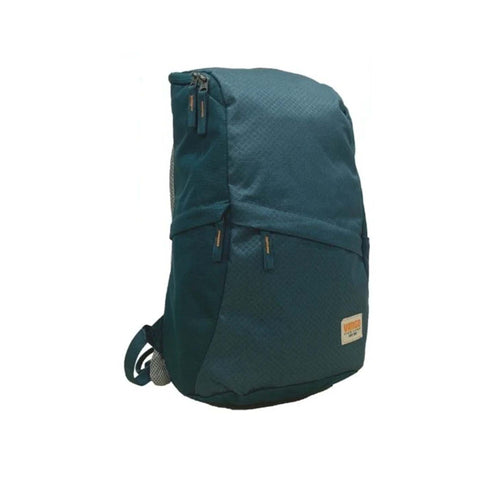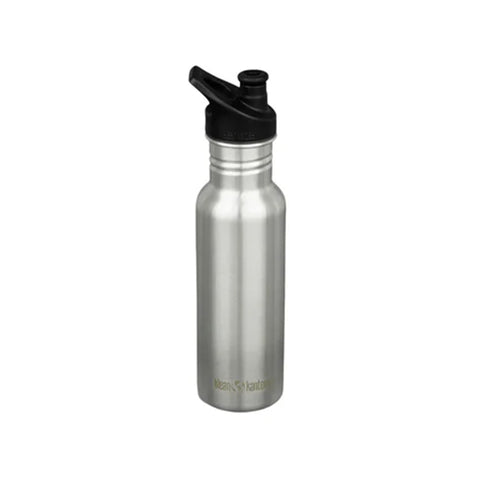It’s been an epic summer for Women’s Sport in England, with the Lionesses netting the Euros and the Red Roses driving over the line to win the Rugby World Cup.
In the wake of each of these electrifying successes came a swash of punditry, much of it focused on how we inspire the next generation of sporting stars.
Following the 2012 Olympics, there was huge optimism that a lasting legacy of increased sports participation would follow. But disappointingly, while data showed a healthy uptick in the years leading up to, and immediately following the Games – there were no real long-term gains.
A decade on, in acknowledging the country’s participation levels had plateaued, Sport England concluded this was down to overly focusing on elite success and major sporting events, at the expense of inclusive, local and low-key opportunities. For participation to increase, and to develop the front-runners, it turns out you also need to encourage the also-rans. As Tanni-Grey Thompson put it more succinctly: ‘everyone has the right to be rubbish at sport.’
Getting girls more active
Engaging girls in sport has always been particularly challenging. A recent study by the Youth Sport Trust indicates that nearly two-thirds of girls are interested in getting more active. That’s a massive audience ready to engage. However, reading into girls’ motivations, and you get a more nuanced story. In the survey, a significant 63% of girls said their prime motivation for getting more active was simply ‘having fun’. This contrasts sharply with the 25% who said they liked to play to win, and the 30% who were motivated by getting better at the sport or games they were taking part in.
While a segment of girls is clearly eager to get involved in competitive sport, there’s an even larger group who would get active if the pressure to compete was dialled down. They're not necessarily dreaming of lifting a trophy; they just want to jump, turn cartwheels, run around and play tag. If you’re looking to grow the potential pool of talent, it’s not a bad strategy to let the girls alone, and just give them space to run around.
Making space to play
So, on the International Day of the Girl, we’re promoting a simple manifesto to secure a lasting legacy of sporting success: make playgrounds more fun - for everyone. Opening up areas like the school field year-round gives girls the room for ‘social balancing’. This means running as fast as they can, leaping as far as they dare, and engaging with large, loose parts. This high-energy physical play isn't just enjoyable for them—it inspires other children to join in, too. At schools that have made these changes, girls have the chance to express themselves physically and go ‘100% full throttle.’
Schools that take part in the OPAL Primary Programme (Outdoor Play and Learning) report amazing results: 100% of their girls showed increased physical activity, as well as greater confidence, resilience, and happiness! The embodied joy of these girls is visible in their full-body expressions.
If you believe that girls, just like boys, should have the full freedom to play in and around school, get involved! Contact the OPAL programme today.



